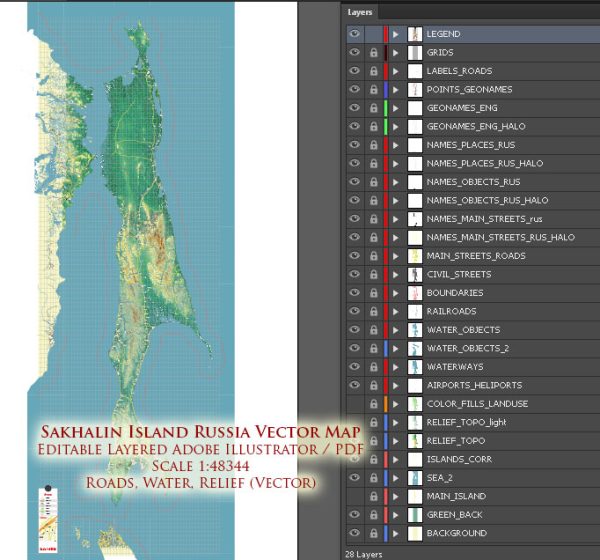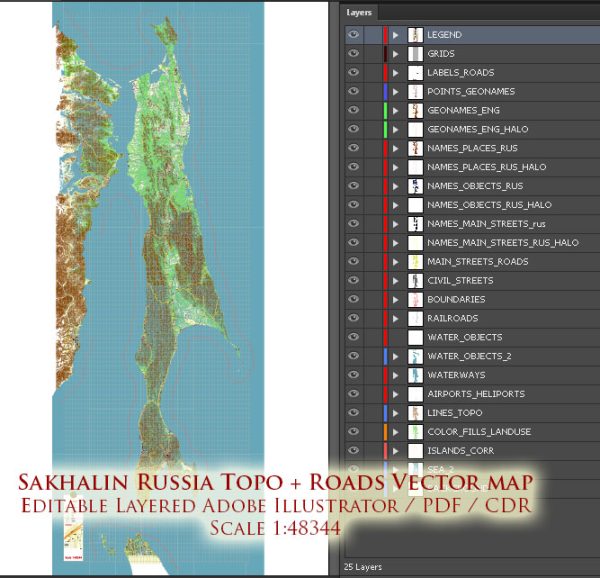Sakhalin Island, located in the Russian Far East, has a rich history of urban development shaped by its geographical location, natural resources, and geopolitical dynamics. Here is a brief overview:
- Indigenous Peoples: Sakhalin Island was originally inhabited by the Ainu and Nivkh peoples. Russian explorers and merchants began to arrive in the 17th century, leading to increased contact and eventual Russian colonization.
- Early Russian Presence: Russian presence on Sakhalin increased in the 19th century due to the fur trade. The southern part of the island was controlled by Japan during this period, and the border between Russian and Japanese territories on Sakhalin shifted over time.
- Japanese Occupation: After the Russo-Japanese War (1904-1905), Japan gained control of the southern half of Sakhalin. This division persisted until the end of World War II.
- Post-World War II: After Japan’s defeat in 1945, the Soviet Union took control of the entire Sakhalin Island. This period saw the establishment and development of several urban centers.
- Urban Centers:
- Yuzhno-Sakhalinsk (formerly Toyohara): Yuzhno-Sakhalinsk is the largest city and administrative center of Sakhalin Oblast. It was originally founded by Japanese settlers and named Toyohara. After World War II, it was renamed and became a major urban center with industrial, administrative, and cultural developments.
- Korsakov: Korsakov is another significant port city on Sakhalin. It serves as a gateway for maritime trade and transportation.
- Okha: Okha, located in the northern part of Sakhalin, is an industrial city with a history tied to oil and gas extraction.
- Economic Development: Sakhalin’s economy has been heavily influenced by its natural resources, including oil and gas. The island has been a focus of energy exploration and extraction, leading to the development of urban infrastructure to support these industries.
- Cultural Influences: The history of Sakhalin’s urban development reflects the interplay of Russian and Japanese cultural influences. This is evident in the architecture, cuisine, and local traditions.
- Modern Challenges: Sakhalin faces contemporary challenges such as population decline, environmental concerns related to resource extraction, and the need for sustainable development.
In summary, Sakhalin Island’s history of urban development is intertwined with its geopolitical context, natural resources, and the complex relationship between Russia and Japan. The island’s cities have evolved from early settlements to significant urban centers, playing key roles in the economic and cultural landscape of the region.



 Author: Kirill Shrayber, Ph.D.
Author: Kirill Shrayber, Ph.D.